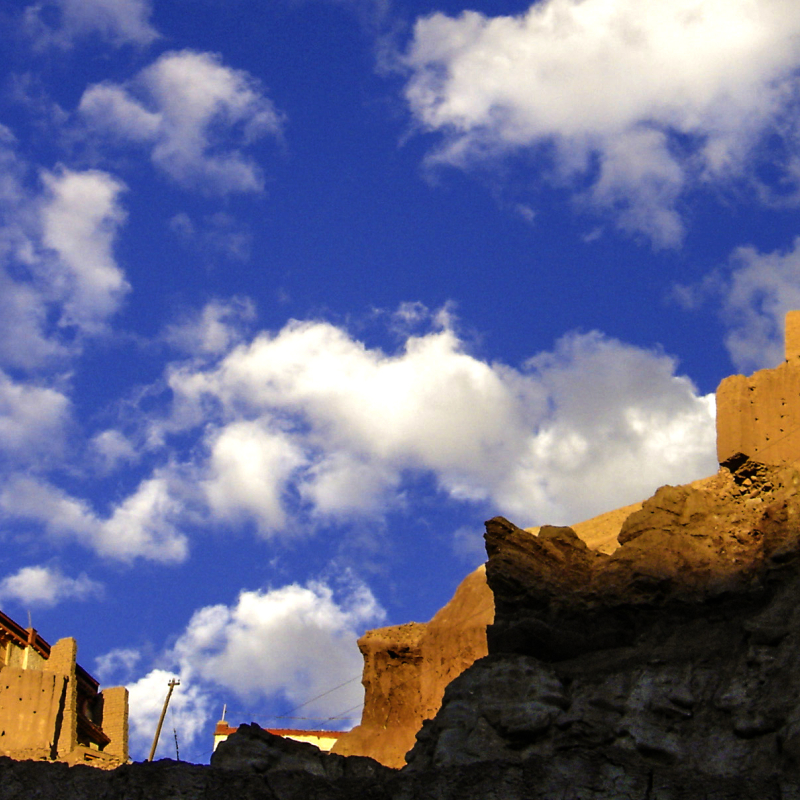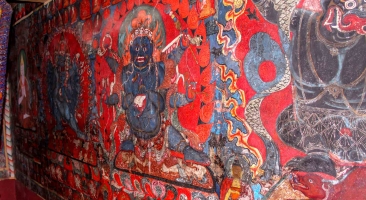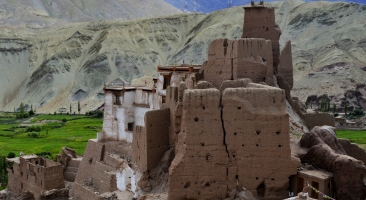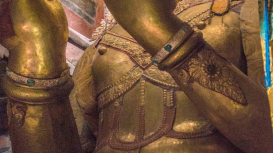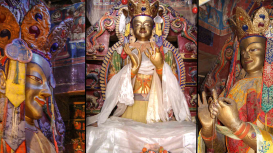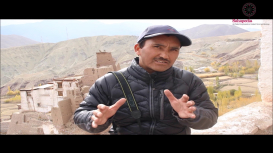Basgo is an agrarian village comprising around 150 households, located on the National Highway connecting Leh, the district capital of Ladakh, to Srinagar. A historical site, Basgo, was once strategically located on the trade route (with access to the Silk Road and Kashmir) at the juncture of Upper and Lower Ladakh, and used to be the final staging point for caravans and travellers. This module presents an overview on Basgo focusing on the historical and cultural background of the village. This is followed by an allied article detailing the story of conservation of the village, and a short film that narrates the story of a community and their efforts to save the material and built heritage of the Basgo village. The story is told by Tsering Angchuk, a nominated member of the village who was selected to lead this conservation effort in 1992. Finally, three photo essays in this module look into the Basgo monastery complex which encompasses the Chamchung, Chamba Lakhang and Serzang temples respectively.

Sanjay Dhar
Sanjay Dhar is an art conservator and heritage management consultant specialising in conservation of wall paintings. He studied conservation at the National Museum Institute of History of Art, Conservation and Museology, New Delhi followed by a two year diploma at the Università Internazionale dell’Arte, Italy. He was instrumental in establishing the INTACH Art Conservation Center in Delhi as a center for excellence with focus on developing a region-specific approach to conservation and training.
He has contributed significantly to the conservation of wall paintings, establishing region-specific methodology and mentoring a large number of conservators. His focus over the years has been on Buddhist wall paintings in the Ladakh region. His important projects include the restoration of wall paintings at Basgo, Shey and Hemis.
